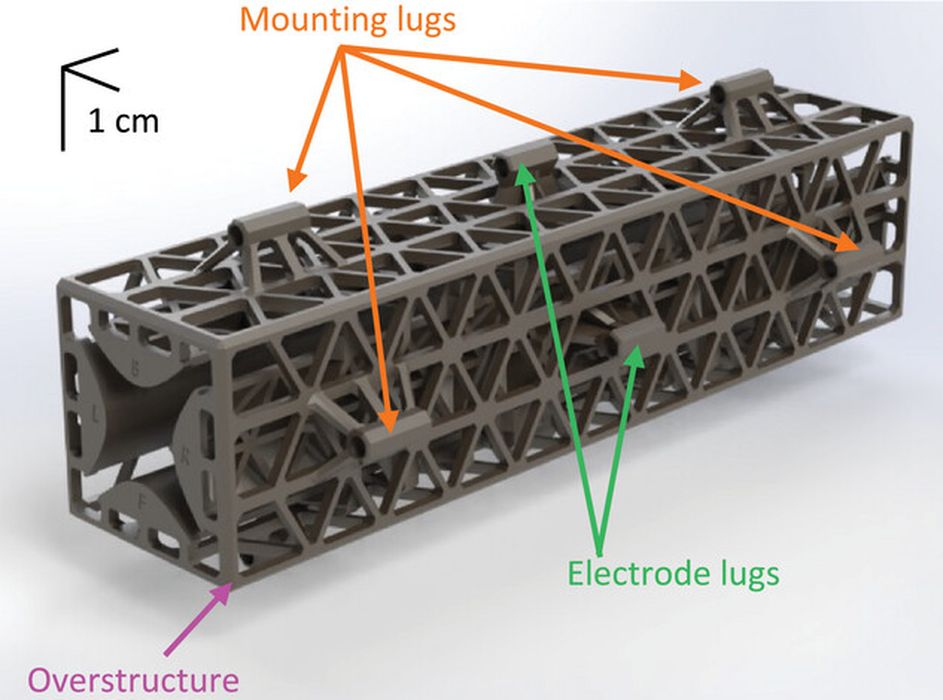
MIT researchers use additive manufacturing to produce a key mass spectrometer component for just a few dollars and in less than a day.
“Better, Faster, Cheaper” is the mantra of manufacturing, but it also describes 3D printing’s primary advantages over traditional manufacturing methods. The latest example of this comes from a team of researchers at MIT, who have found a way to 3D print quadrupoles—essential components in mass spectrometers—at fractions of the cost and time typically needed to produce them.
Moreover, printing the quadrupole in a single step eliminates the possibility of introducing defects during assembly. As lead researcher Luis Fernando Velásquez-García explained in a press release, it’s the practicality of this development that makes it truly exciting.
“We are not the first ones to try to do this,” he said. “But we are the first ones who succeeded at doing this. There are other miniaturized quadrupole filters, but they are not comparable with professional-grade mass filters. There are a lot of possibilities for this hardware if the size and cost could be smaller without adversely affecting the performance.”
Making mass spectrometers more portable would open scores of new avenues for research, from testing for contaminants in remote locations on Earth to lightening the payload of scientific instruments on spacecraft.
Miniaturization with 3D Printing
A quadrupole consists of four metallic rods which are used to generate an electromagnetic field. Depending on its properties, ions with specific mass-to-charge ratios will remain in the center of the field while others escape. Adjusting the voltage enables mass spectrometer users to target ions with different mass-to-charge ratios.
Despite their relatively simple design, miniaturizing quadrupoles has proven difficult, with the manufacturing process often introducing defects into the final product. In addition, smaller quadrupoles collect fewer ions, making them less sensitive in chemical analysis. “You can’t make quadrupoles arbitrarily smaller — there is a trade off,” Velásquez-García said.
He and his team turned to 3D printing to address that trade off, producing 12-centimeter quadrupoles from a glass-ceramic resin using vat photopolymerization. The resin is a relatively new printable material, but it can withstand temperatures up to 900 degrees Celsius.
Additionally, the 3D printing process enabled the researchers to design a quadrupole with hyperbolic rods—an ideal shape for mass filtering but one that’s difficult to make using conventional manufacturing processes. To make them conductive, Velásquez-García and his team used electroless plating to coat the quadrupoles with a thin metal film.
“In the end, we made quadrupoles that were the most compact but also the most precise that could be made, given the constraints of our 3D printer,” he said.
Testing the 3D Printed Parts
The ultimate test of any 3D-printed component is using it to replace an equivalent component produced using traditional means. The MIT team did just that and found that the 3D-printed quadrupoles were capable of achieving the same level of precision as their commercial counterparts.
Read the rest of this story at ENGINEERING.com and Wiley
